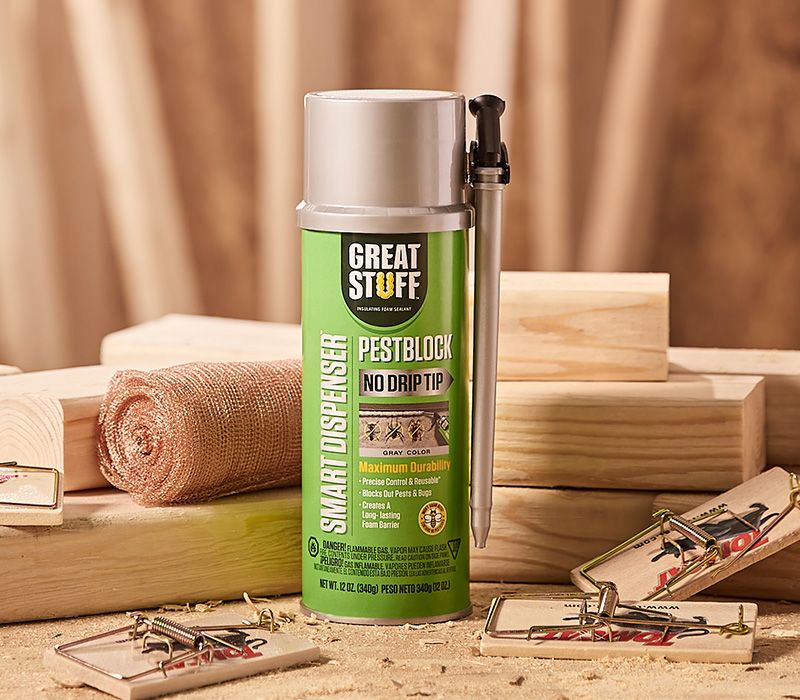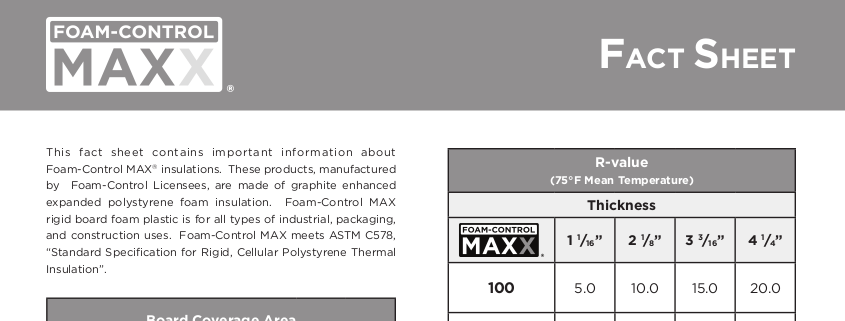Efficient Approaches for Accomplishing Optimum Foam Control in Chemical Manufacturing
Reliable foam control is a critical aspect of chemical production that can considerably affect production efficiency and product top quality. By comprehending the systems of foam formation and selecting appropriate anti-foaming representatives, producers can take proactive steps to minimize excessive foam. Additionally, the application of procedure optimization methods and progressed monitoring systems plays a vital role in maintaining optimum operating conditions. Nevertheless, the nuances of these techniques can differ commonly throughout various applications, elevating important concerns about best techniques and real-world implementations that merit additional expedition.
Recognizing Foam Formation

Surfactants, or surface-active representatives, decrease the surface area tension of the fluid, facilitating bubble security and promoting foam generation. In addition, frustration or blending processes can boost bubble formation, frequently worsening foam issues. The attributes of the liquid medium, consisting of thickness and thickness, more influence foam habits; as an example, more thick fluids tend to trap air better, resulting in raised foam stability.
Recognizing these fundamental facets of foam formation is crucial for efficient foam control in chemical production. By identifying the conditions that advertise foam growth, producers can apply targeted methods to minimize its negative impacts, thereby optimizing production processes and making certain consistent product top quality. This foundational understanding is vital prior to discovering particular techniques for regulating foam in commercial settings.
Option of Anti-Foaming Agents
When selecting anti-foaming agents, it is necessary to think about the specific attributes of the chemical process and the kind of foam being created (Foam Control). Different variables affect the effectiveness of an anti-foaming agent, including its chemical structure, temperature level stability, and compatibility with other procedure materials
Silicone-based anti-foams are extensively used due to their high performance and wide temperature range. They function by decreasing surface tension, enabling the foam bubbles to integrate and break even more easily. They might not be appropriate for all applications, particularly those involving sensitive formulations where silicone contamination is an issue.
On the other hand, non-silicone representatives, such as mineral oils or organic substances, can be helpful in certain situations, specifically when silicone deposits are undesirable. These agents tend to be much less reliable at greater temperature levels yet can give efficient foam control in various other problems.
Furthermore, recognizing the foam's beginning-- whether it occurs from oygenation, anxiety, or chain reactions-- guides the choice procedure. Testing under actual operating problems is essential to make certain that the picked anti-foaming representative meets the special needs of the chemical production procedure efficiently.
Process Optimization Methods
Reliable foam control is a vital element of optimizing chemical production processes. By fine-tuning these criteria, operators can decrease disturbance, thereby reducing foam formation during mixing.
Furthermore, regulating temperature and stress within the system can dramatically impact foam generation. Decreasing the temperature may reduce the volatility of particular parts, causing lowered foam. Likewise, maintaining optimum pressure levels assists in reducing extreme gas launch, which adds to foam security (Foam Control).
An additional effective strategy is the critical enhancement of anti-foaming agents at critical points of the procedure. Mindful timing and dose can ensure that these representatives effectively reduce foam without disrupting other process parameters.
Furthermore, incorporating an organized assessment of raw product homes can assist identify naturally foaming compounds, enabling preemptive actions. Last but not least, conducting routine audits and procedure reviews can expose inadequacies and areas for renovation, allowing continuous optimization of foam control strategies.
Surveillance and Control Equipment
Monitoring and control systems play a critical function in keeping optimal foam administration throughout the chemical production procedure. These systems are necessary for real-time monitoring and adjustment of foam levels, making certain that production effectiveness is optimized while decreasing interruptions triggered by excessive foam formation.
Advanced sensors and instrumentation are employed to spot foam density and elevation, providing essential data that notifies control formulas. This data-driven method permits the prompt application of antifoaming representatives, ensuring that foam degrees continue to be within appropriate restrictions. By integrating tracking systems with procedure control software program, makers can implement automated reactions to foam fluctuations, reducing the demand for manual treatment and enhancing functional consistency.
Furthermore, the integration of equipment understanding and anticipating analytics into keeping an eye on systems can facilitate proactive foam management. By evaluating historic foam data and functional parameters, these systems can forecast foam generation patterns and advise preemptive actions. Regular calibration and upkeep of monitoring equipment are important to make sure precision and reliability in foam discovery.
Ultimately, efficient surveillance and control systems are essential you can look here for enhancing foam control, advertising safety and security, and boosting overall performance in chemical manufacturing atmospheres.

Situation Researches and Ideal Practices
Real-world applications of surveillance and control systems highlight the value of foam administration in chemical manufacturing. A significant study involves a large pharmaceutical supplier that implemented an automated foam detection system. By incorporating real-time surveillance with predictive analytics, the facility reduced foam-related production downtime by 30%. The data-driven technique enabled timely treatments, making certain constant product top quality and operational efficiency.
Another excellent situation originates from a petrochemical company that embraced a combination of antifoam representatives and procedure optimization techniques. By evaluating foam generation patterns, the company tailored its antifoam dose, resulting in a 25% decrease in chemical use and useful reference significant expense savings. This targeted strategy not just reduced foam interference however additionally improved the general security of the production process.

Final Thought
In final thought, accomplishing optimal foam control in chemical production demands an extensive approach encompassing the option of ideal anti-foaming agents, application of procedure optimization strategies, and the assimilation of advanced monitoring systems. Regular audits and training additionally boost the effectiveness of these strategies, promoting a culture of constant improvement. By attending to foam development proactively, manufacturers can dramatically improve production efficiency and product quality, eventually adding to more lasting and cost-efficient procedures.
By recognizing the devices of foam development and selecting appropriate anti-foaming representatives, suppliers can take proactive actions to alleviate too much foam. The qualities of the liquid tool, consisting of thickness and thickness, more impact foam behavior; for instance, even more viscous liquids often tend to catch air more effectively, leading to increased foam stability.
Comprehending these essential elements of foam development is vital for reliable foam control in chemical production. By evaluating historic foam information and operational specifications, these systems can weblink anticipate foam generation patterns and suggest preemptive steps. Foam Control. Normal audits of foam control measures make certain that procedures remain maximized, while fostering a society of positive foam monitoring can lead to lasting improvements throughout the manufacturing range
Comments on “Usual Challenges in Foam Control and Just How to Conquer Them Successfully”